What are the considerations for engineered wood?
With its natural grains and timeless look, engineered wood is undoubtedly one of the more elegant smooth flooring options. But as it features a layer of real hardwood, it also comes with a number of considerations.
1. Long-term maintenance
Depending on the type of flooring finish, such as lacquered engineered wood, the top layer may scratch more easily than alternative smooth flooring options. However, it can be sanded and refinished, where options such as luxury vinyl tile can’t. This helps to extend its lifespan.
2. Engineered wood isn’t ideal for moisture-prone spaces
It’s worth remembering that wooden floors are not really suitable for moisture-rich areas of the home, such as bathrooms and utility rooms. For these areas, take a look at our fantastic collection of luxury vinyl and vinyl flooring instead. These oak-effect options are designed to create the natural wood look you desire, with the confidence of knowing your floors are highly water and slip resistant.
3. Reduced sound absorption
Natural engineered wood features a firm wooden top layer, which can be noisier than other flooring options. While you can invest in quality soundproofing underlay to help improve acoustic insulation, this factor is worth noting if you prefer a quieter home. Alternatively, carpet, vinyl and luxury vinyl tiles typically offer a softer, quieter finish underfoot.












































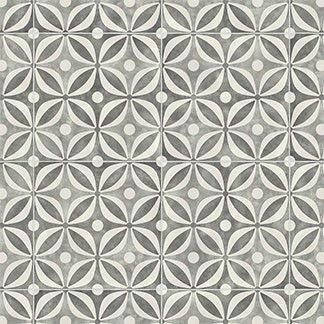
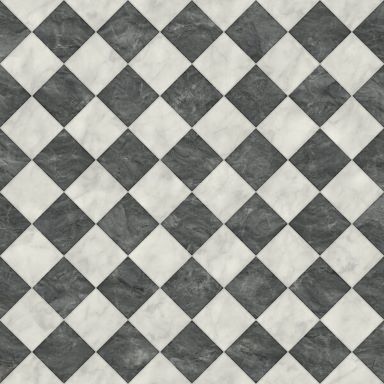

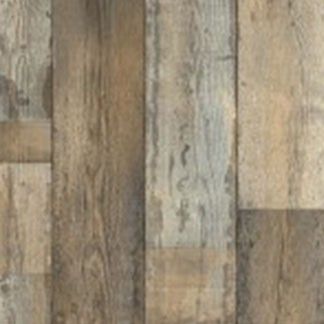











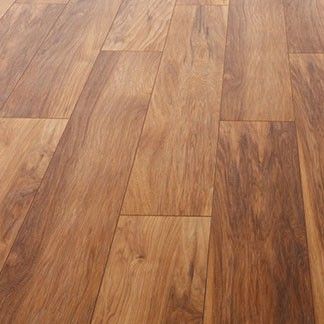
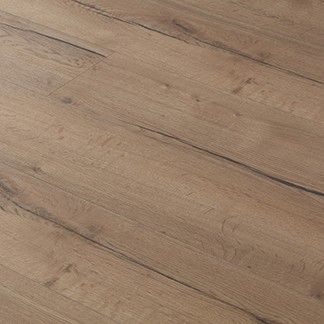












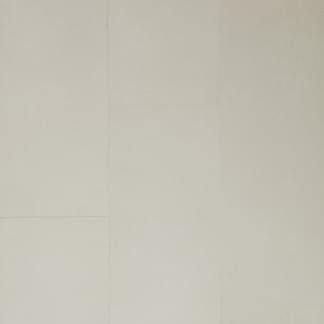


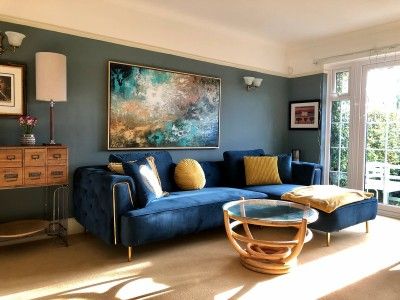

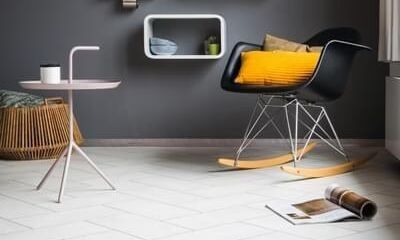
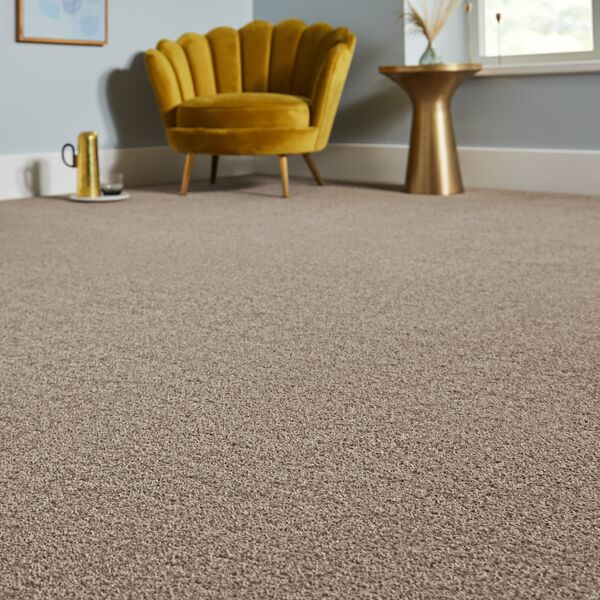
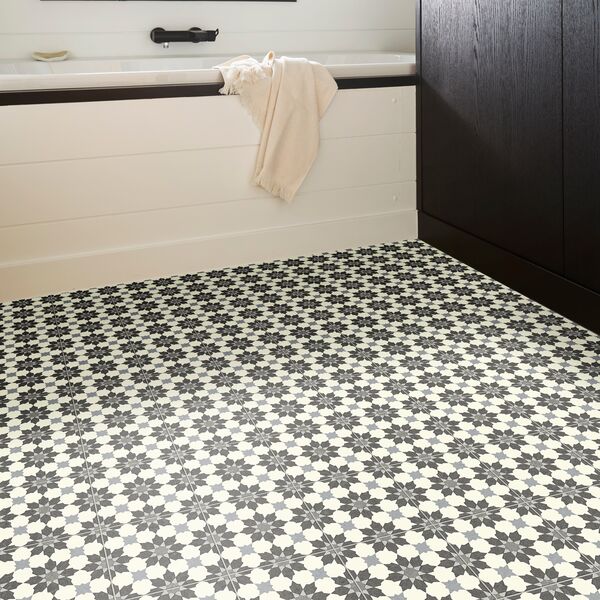
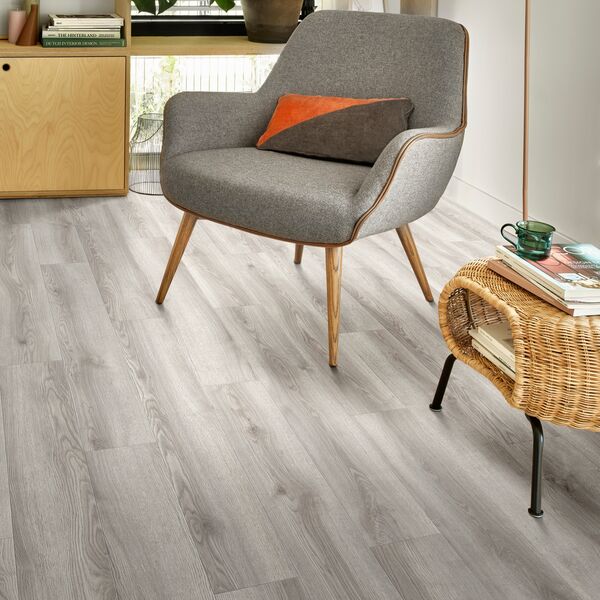

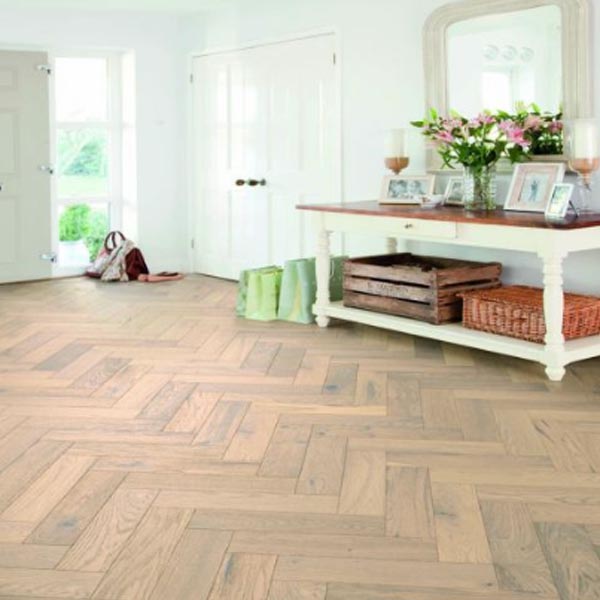

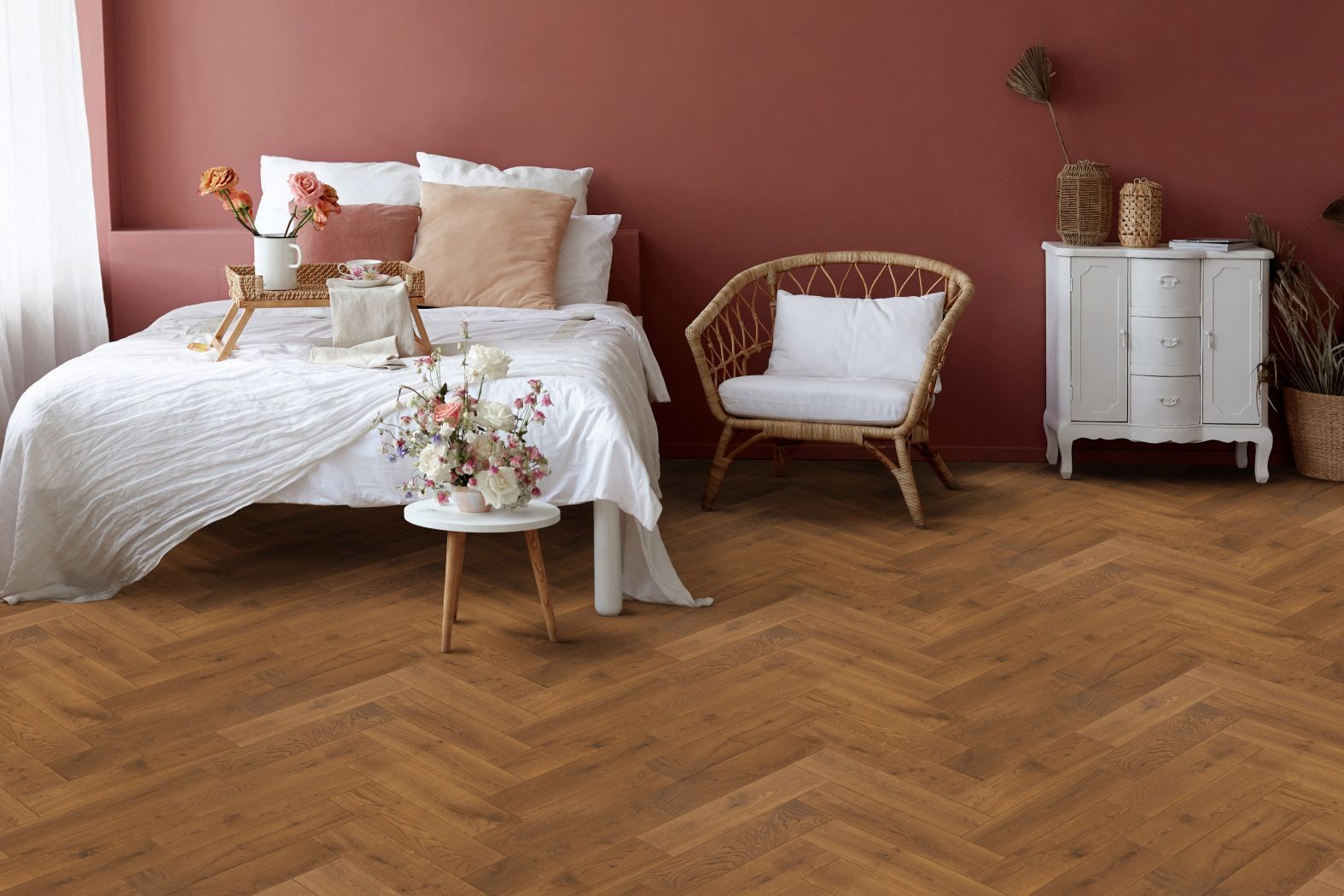
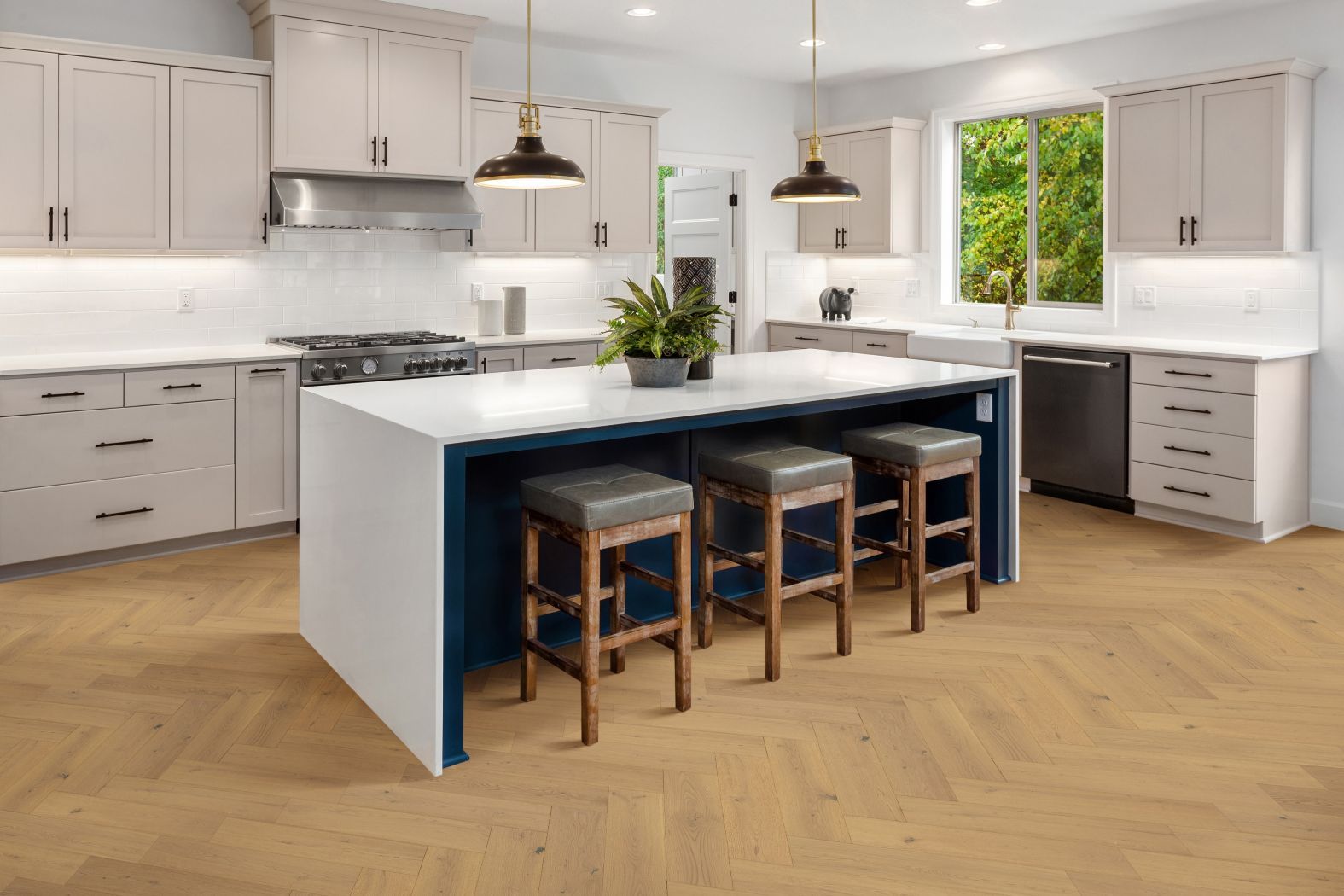
 - 1749 x 1050.jpg)












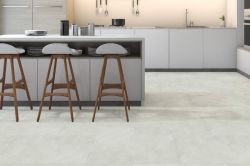

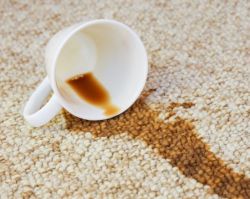






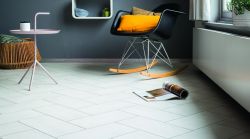

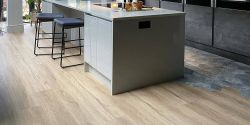
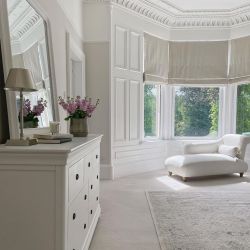
-250.jpg)
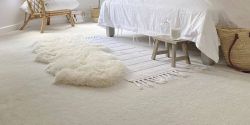

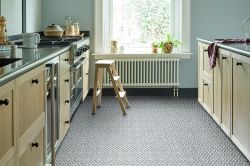
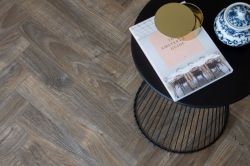

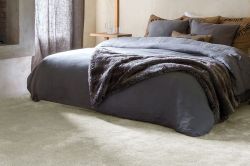

-250.jpg)
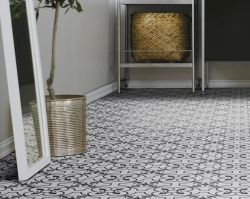

-250.jpg)
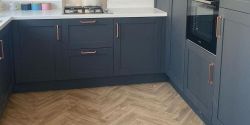
 copy-250.jpg)
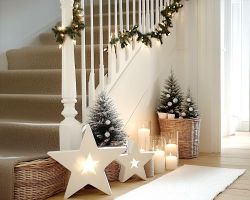
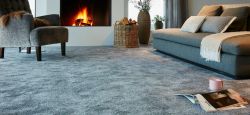






-250.jpg)
 - Article Image (not header)-250.jpg)
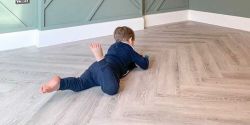
-250.jpg)

-250.jpg)







